Retro Replay Review
Gameplay
Trauma Center: Second Opinion places you directly in the shoes of Dr. Derek Stiles, tasking you with a wide variety of surgical procedures in a tense, time‐sensitive environment. Using the Wii Remote to control your instruments and the Nunchuk to select them, the game transitions the precise stylus‐based play of the original DS title into a more immersive motion‐based experience. Each incision, suture, or laser cauterization feels tactile and deliberate, making your hands feel as if they’re truly operating on a patient.
(HEY YOU!! We hope you enjoy! We try not to run ads. So basically, this is a very expensive hobby running this site. Please consider joining us for updates, forums, and more. Network w/ us to make some cash or friends while retro gaming, and you can win some free retro games for posting. Okay, carry on 👍)
As you progress through routine appendectomies and heart bypasses, the game steadily introduces more complex operations and unexpected complications. The “Healing Touch” ability—Stiles’ supernatural gift to slow down time—becomes invaluable when multiple bleeds or hidden lesions threaten to overwhelm your steady hand. Learning to deploy this power strategically is key: save it for critical moments or use it early to build confidence and rhythm.
Mission structure is straightforward yet surprisingly deep. Each scenario is rated on speed and accuracy, with high‐ranked grades unlocking new procedures and secret challenges. Whether you’re stitching up gunshot wounds or performing delicate eye repairs, the balance between keeping a calm head and reacting quickly keeps the adrenaline pumping. Even veteran players will find themselves retrying missions to shave off seconds and avoid mistakes.
Graphics
Although the Wii hardware is not as powerful as modern consoles, Trauma Center: Second Opinion uses a crisp, clean art style that emphasizes clarity during surgery. Operating theaters, patient models, and tool icons are rendered with bold outlines and high contrast, ensuring you never struggle to distinguish between scalpels, forceps, or syringes under a time crunch.
Cutscenes and character portraits are presented in a stylish, pseudo‐anime aesthetic with vibrant colors and expressive poses. While the animation frame‐rate is modest, it suits the game’s dramatic moments—Stiles wiping sweat from his brow, his assistant Navin’s encouraging smile, and the furtive glint in a suspicious lab doctor’s eye all come through with personality.
The user interface overlays vital information—vital signs, time remaining, tool selection—with minimal clutter. The surgical field remains unobstructed, and warnings for excessive blood loss or patient distress are highlighted with flashing borders and urgent sound cues. These design choices not only keep the experience visually engaging but also highly functional.
Story
Set in the year 2018 at Hope Hospital, the narrative begins with Dr. Derek Stiles freshly minted from residency and eager to prove his skills. Early cases are textbook fare—gallbladder removals, standard wound repairs—allowing players to acclimate to the controls while introducing the hospital’s core staff and protocols.
The plot takes a darker turn when a mysterious and deadly disease starts claiming lives. As trauma cases mount, Stiles’ ability to channel the “Healing Touch” becomes both a blessing and a burden. You’ll witness internal debates among the medical board, cryptic messages from shadowy organizations, and ethical dilemmas about using untested drugs on desperate patients.
Through dialogue scenes and mission briefings, characters reveal their motivations and fears. Dr. Stiles’ determination, Navin’s unwavering support, and the antagonistic lab director all weave together, creating tension between scientific ambition and humanitarian care. Though the core premise is familiar, the stakes feel real as each episode ramps up the drama of life‐or‐death surgery.
Overall Experience
Trauma Center: Second Opinion succeeds in translating the DS original’s strengths to the Wii platform, delivering intuitive motion controls, a gripping narrative, and steadily escalating surgical challenges. The blend of high‐pressure gameplay and superhero‐style powers keeps every operation fresh and exciting.
Replay value is high thanks to mission rankings, bonus cases, and the hidden “Break Operation” mode that tests your nerve with maximum difficulty. Even after completing the main storyline, you’ll find yourself retrying procedures to improve grades or unlock secret content, making this a title you’ll return to again and again.
For newcomers seeking a unique blend of medical drama and interactive puzzle gameplay, Trauma Center: Second Opinion offers a compelling package. While it may not boast cutting‐edge visuals, its clear presentation, engaging storyline, and innovative control scheme make it a must‐try for Wii owners and fans of surgical simulations alike.
 Retro Replay Retro Replay gaming reviews, news, emulation, geek stuff and more!
Retro Replay Retro Replay gaming reviews, news, emulation, geek stuff and more!
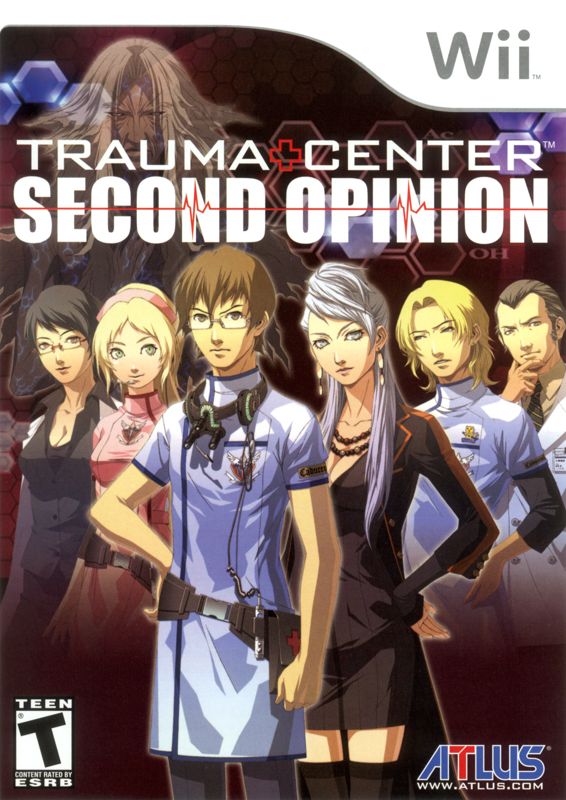
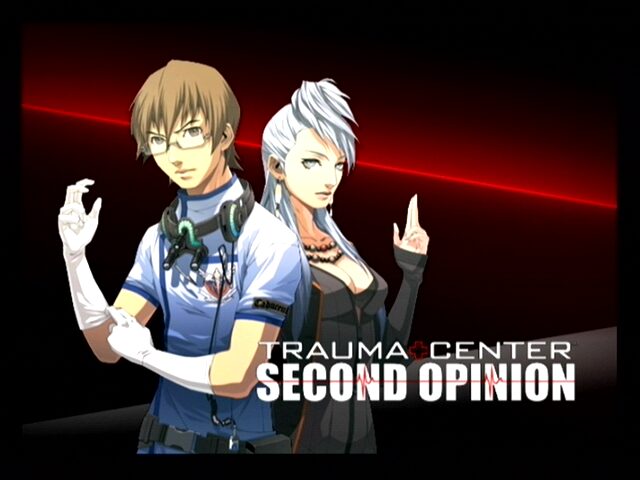
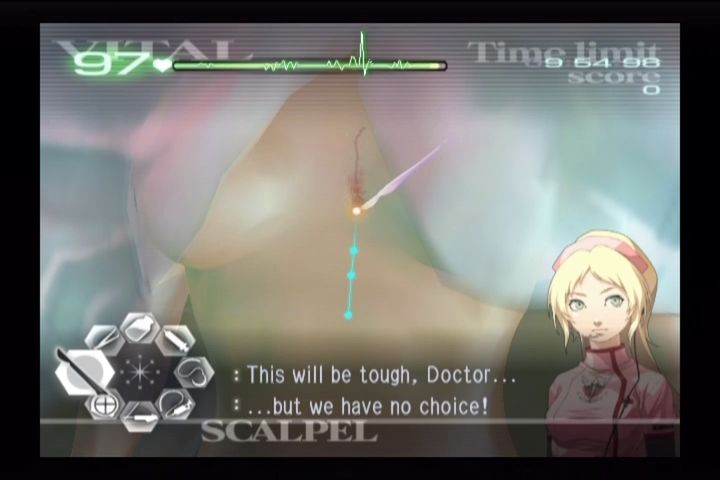
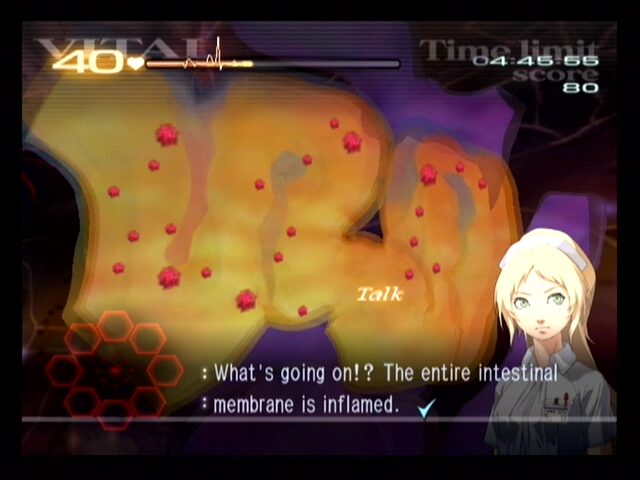
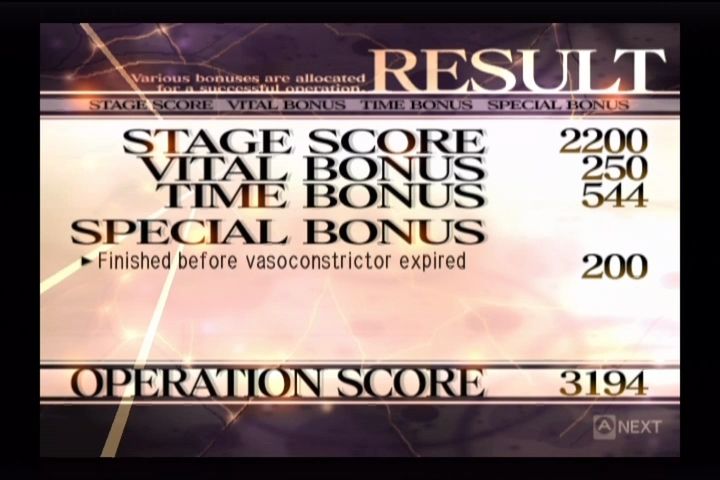
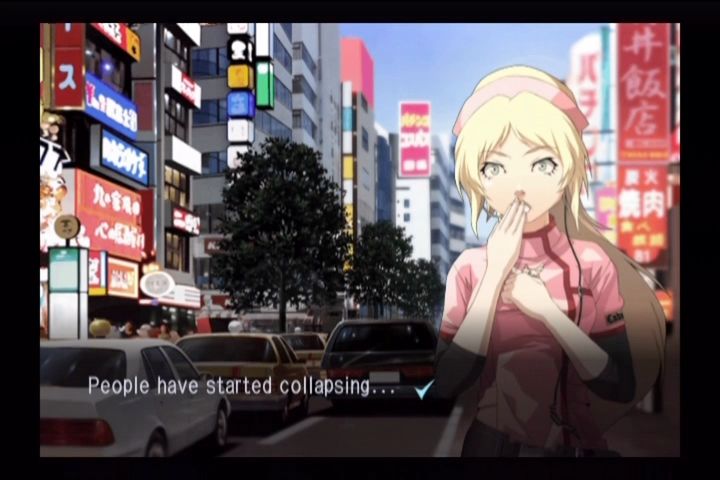



Reviews
There are no reviews yet.